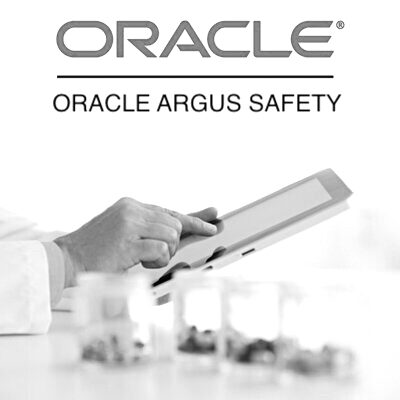Aggregate reporting in Pharmacovigilance
Aggregate reporting in pharmacovigilance refers to the process of analyzing and reporting safety data for a drug in a summarized format. The goal of aggregate reporting is to provide a comprehensive overview of the safety profile of the drug, based on data from individual case safety reports (ICSRs), periodic safety update reports (PSURs), and other sources.
There are several types of aggregate reports, including the Annual Safety Report (ASR), the Periodic Safety Update Report (PSUR), and the Development Safety Update Report (DSUR). These reports are submitted to regulatory authorities, such as the European Medicines Agency (EMA) and the U.S. Food and Drug Administration (FDA), at defined intervals, such as annually or every six months.
The ASR provides a summary of the safety data for a drug over a defined period of time, typically one year. The report includes information about any new safety concerns or trends that have been identified, as well as updates on the drug’s efficacy and use.
The PSUR is a similar report to the ASR, but it is specific to the European Union (EU) and is required to be submitted every six months for all approved drugs. The PSUR provides an overview of the safety profile of the drug over a specified period of time, typically 6 months to 1 year.
The DSUR, on the other hand, is a report that is submitted during the clinical development of a drug, typically every six months or at the end of each phase of the clinical trials. The report provides an overview of the safety data collected during the clinical trials, including information about any adverse events or other safety concerns that have been identified.
Overall, aggregate reporting is an important component of pharmacovigilance, as it helps to ensure the safety and efficacy of drugs on the market and protects the health of patients. The information gathered during aggregate reporting is used to inform risk management decisions, such as changes to the drug’s labeling or prescribing information, or the implementation of additional safety measures.
You may be interested in the programs below:
-
 eLearning + software
eLearning + softwareOracle Argus Safety Essentials
$599.00 -
 eLearning + software
eLearning + softwareOracle Argus Safety Essentials + Console
$799.00 -
 Live Online
Live OnlineOracle Argus Safety – Live Online
$999.00 -
 Live Online
Live OnlineOracle Argus Safety + Console – Live Online
$999.00 -
 eLearning + software
eLearning + softwareOracle Empirica Signal
$599.00 -
 Live Online
Live OnlineOracle Empirica Signal – Live Online
$999.00 -
 eLearning + software
eLearning + softwareDiploma in Pharmacovigilance
$799.00 -
 eLearning + software
eLearning + softwareArgus Safety – Business Configuration and Administration
$599.00
